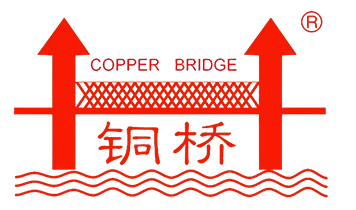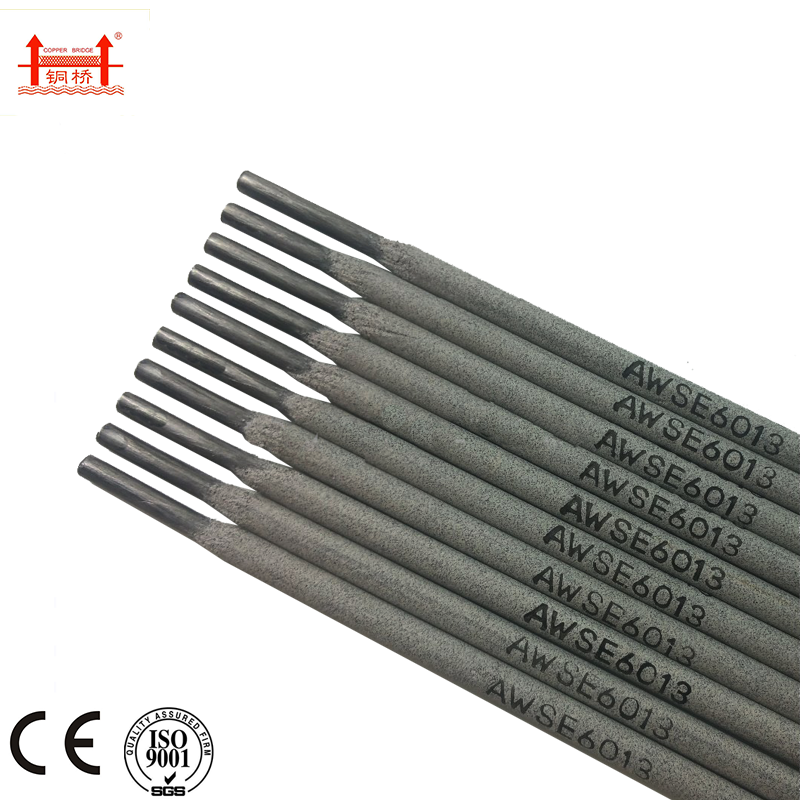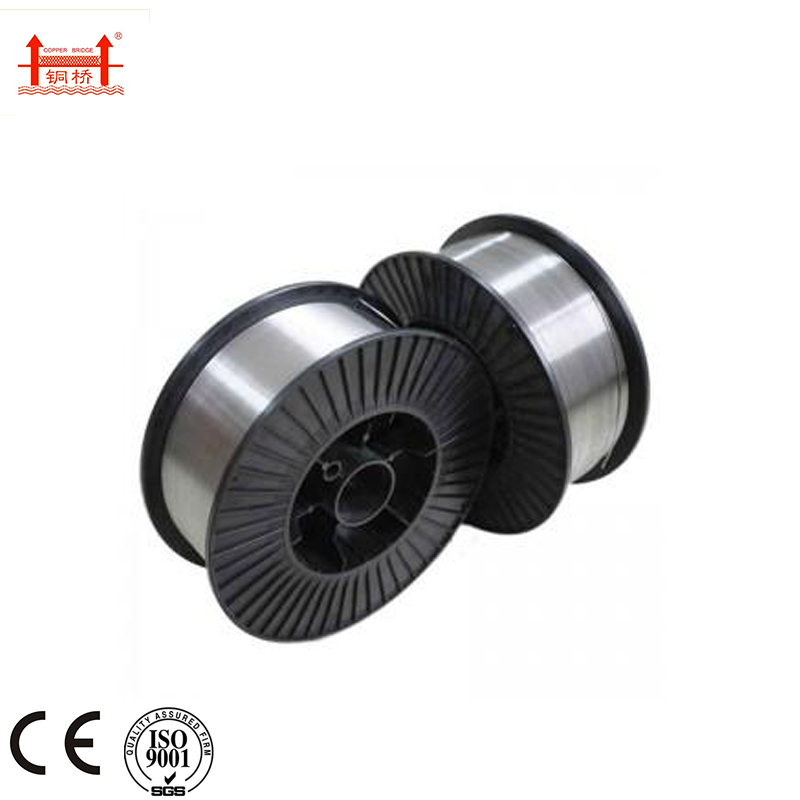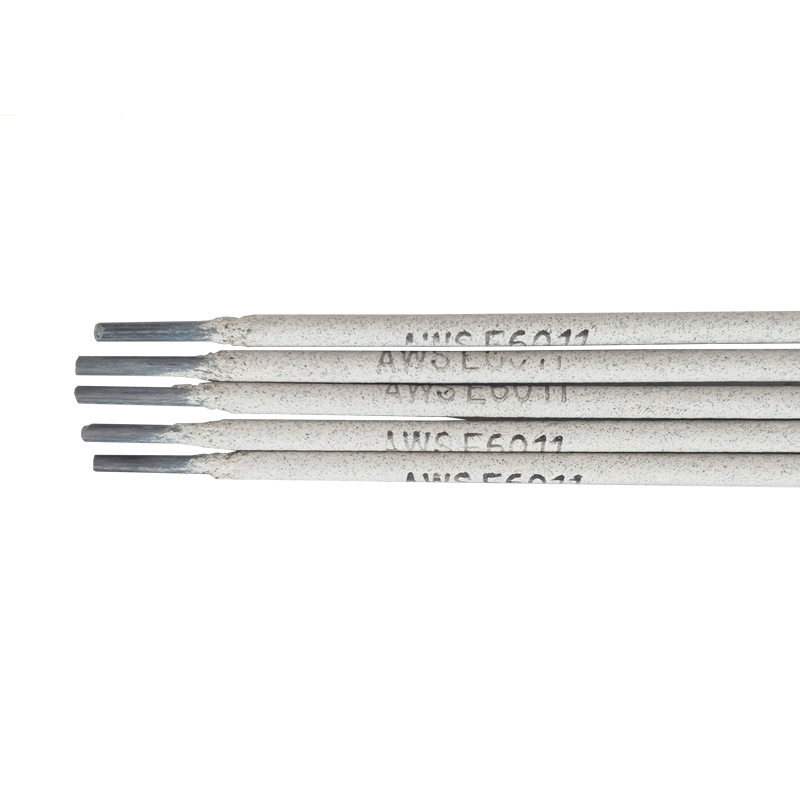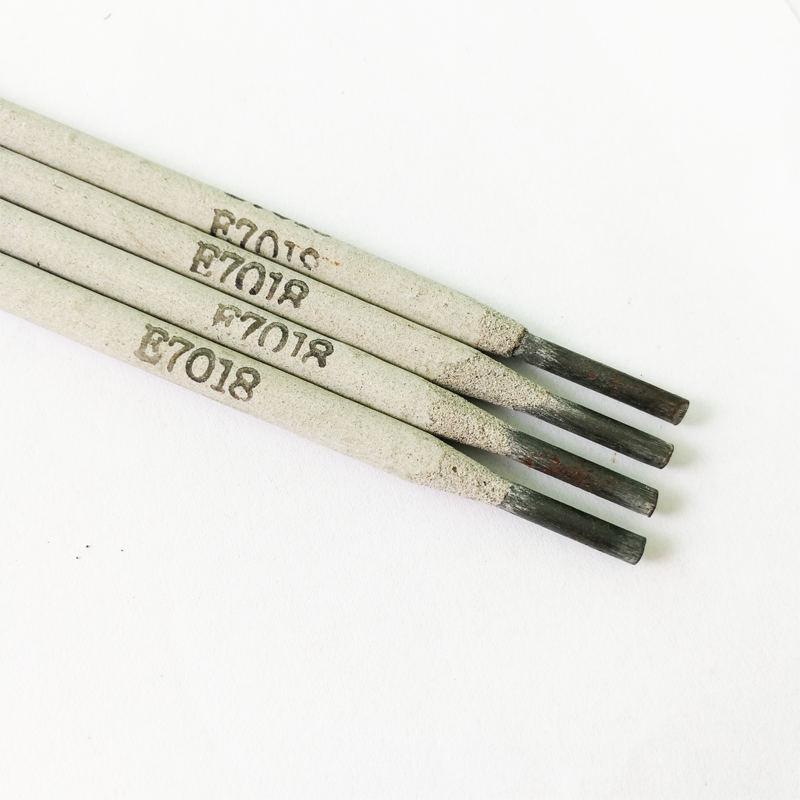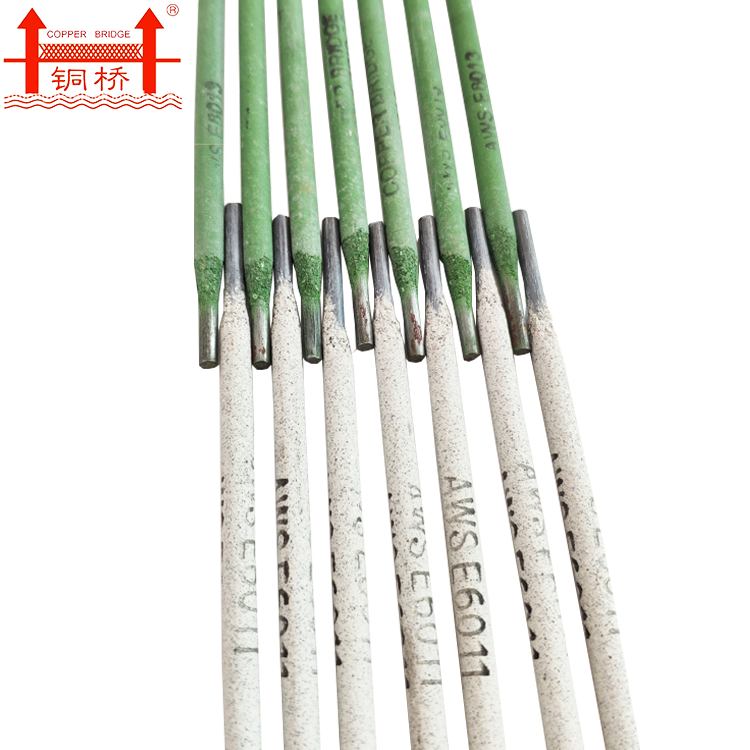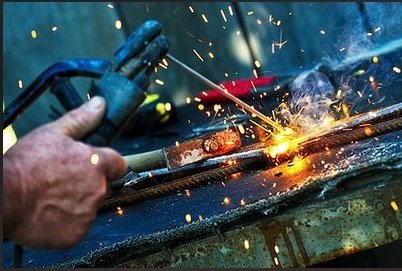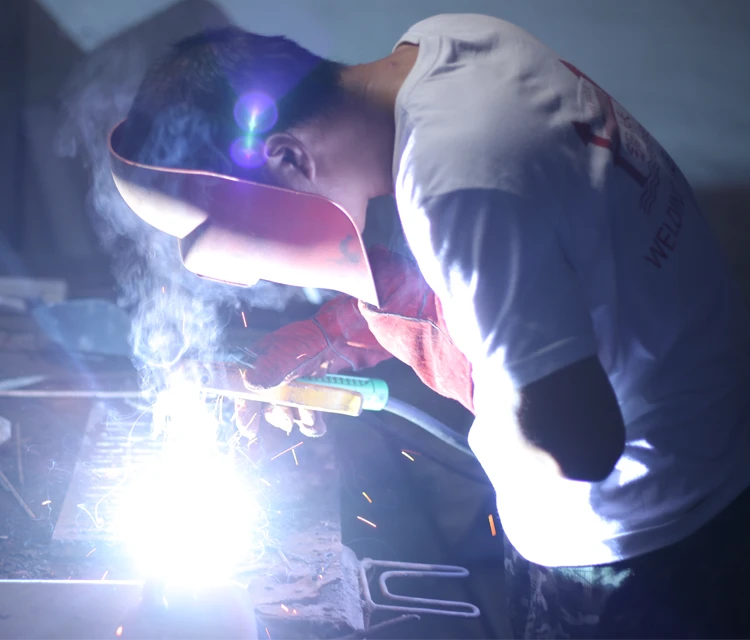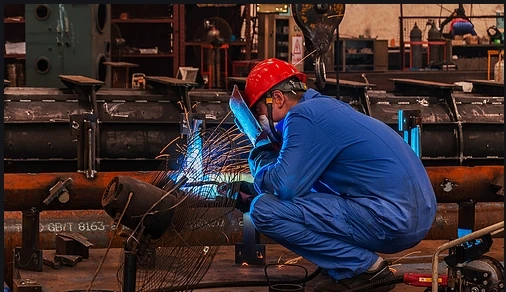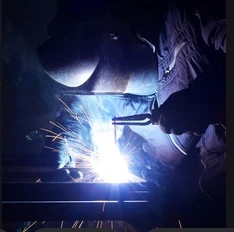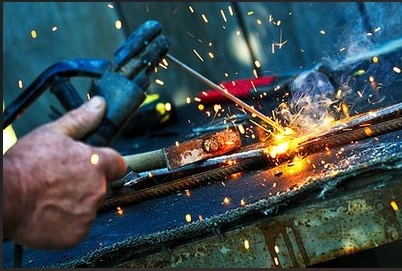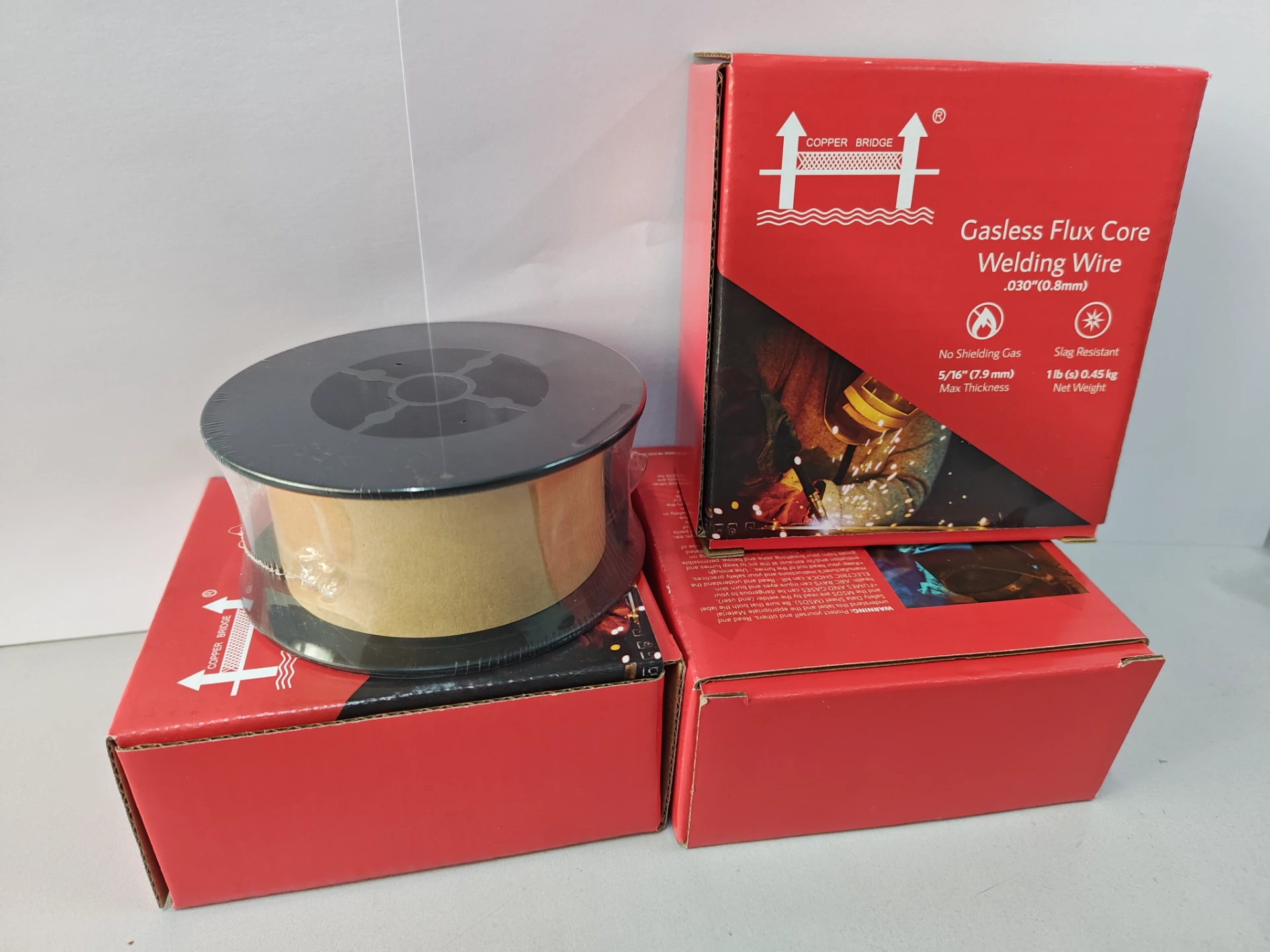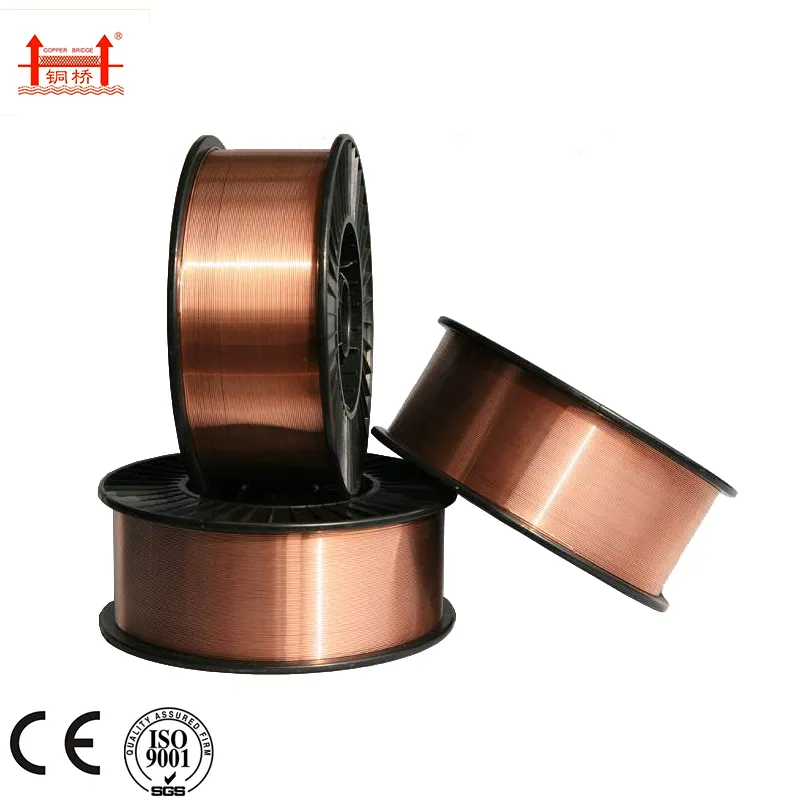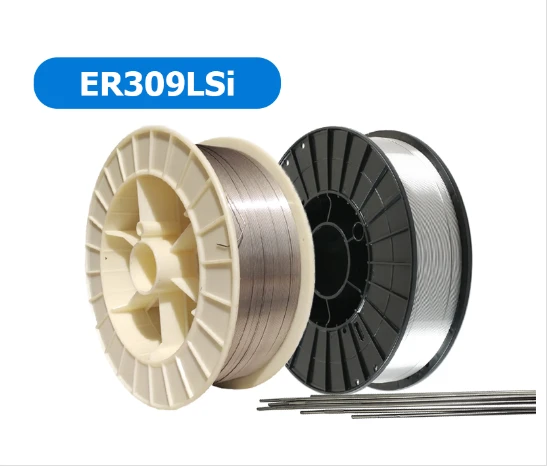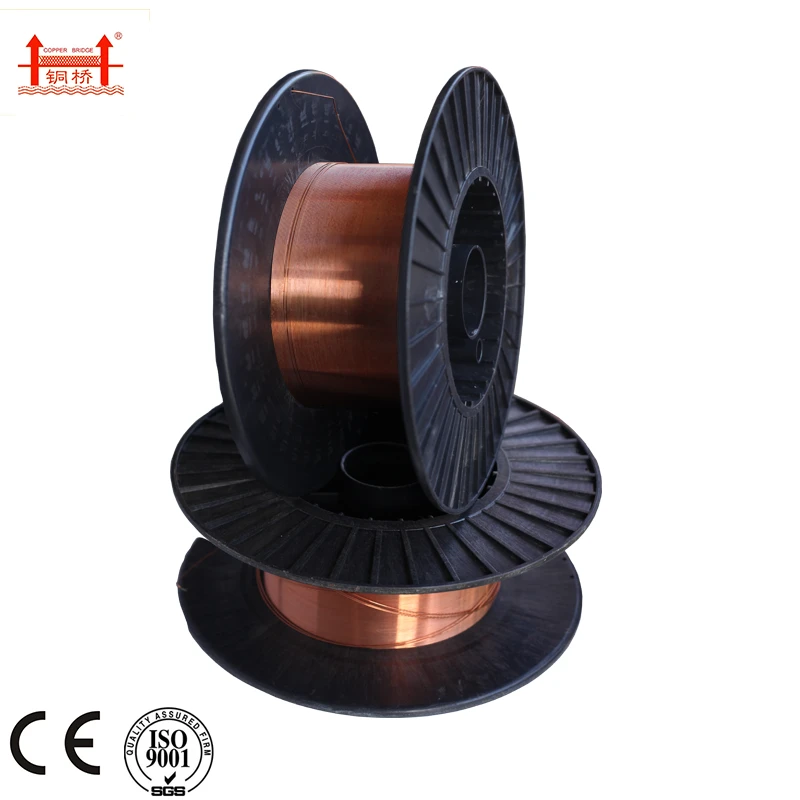Welding Electrode Number Chart Guide Easy Electrode Specification Chart Selection
Jul . 07, 2025 06:10
- Introduction to Welding Electrode Number Chart
- Understanding Electrode Specification Charts: Decoding the Numbers
- Technical Advantages of Using a Welding Electrode Number Chart
- Manufacturer Comparison: Brand Specifications Table
- Customized Solutions Using Electrode Specification Charts
- Application Cases Demonstrating Effective Chart Use
- Conclusion: Importance of Welding Electrode Number Chart
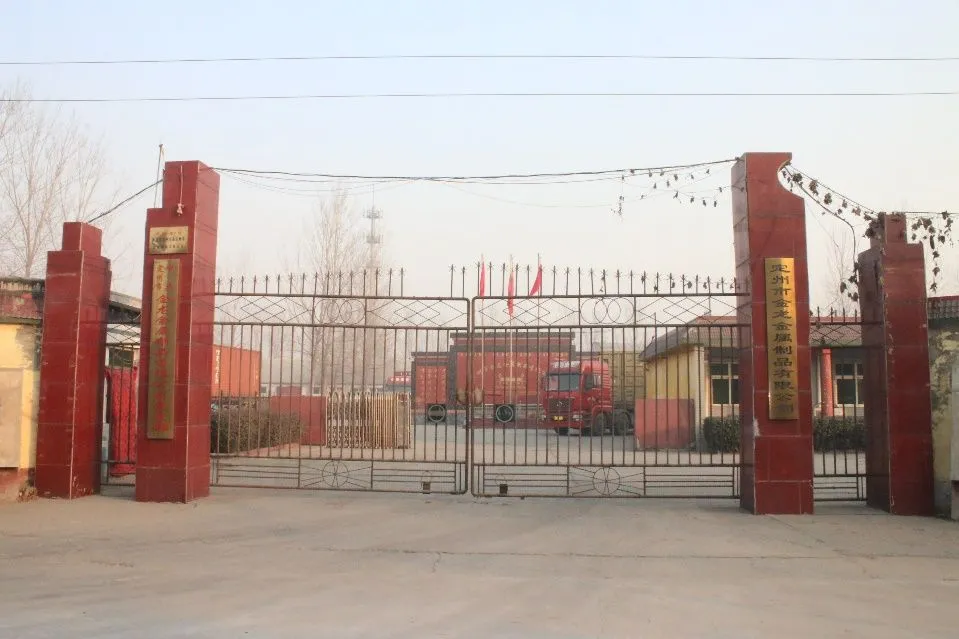
(welding electrode number chart)
Introduction to Welding Electrode Number Chart
Choosing the appropriate welding electrode can dramatically influence weld quality, strength, and project success. A welding electrode number chart
is an essential tool that helps professionals and hobbyists make informed decisions based on standardized criteria. Each number on the electrode represents a specific property, which ensures welders select an electrode suited for the material, welding position, and required strength. With over 50% of welding failures directly related to improper electrode selection, it is crucial to understand how these charts function. The ability to interpret these specifications minimizes project risk, reduces costs, and increases safety for both small-scale repairs and large industrial operations.
Understanding Electrode Specification Charts: Decoding the Numbers
Electrode specification charts might look intimidating at first glance. However, understanding the code system is key to leveraging their full benefits. For example, the AWS (American Welding Society) uses a standardized nomenclature for electrodes such as E6011 or E7018. Here, the first two digits indicate tensile strength in thousands of pounds per square inch (PSI). The third digit reveals the welding position capability, such as ‘1’ for all positions or ‘2’ for flat/horizontal only. The final digit designates flux composition and current compatibility. Such clarity in codes allows users to match the electrode to job specifications seamlessly. According to a 2022 survey of 400 fabrication workshops, 68% reported a 22% time savings by consulting an electrode specification chart at the material prepping stage.
Technical Advantages of Using a Welding Electrode Number Chart
The technical ramifications of consistently using an electrode specification chart are significant. With electrode misapplication being a top cause of structural weld failure, even minor projects benefit from consulting these charts up front. A leading welding institute study found that teams referencing a chart saw a 30% reduction in rework rates. Additionally, advanced electrode number charts highlight special-purpose rods, such as low hydrogen or high alloy options, which are critical for projects subject to extreme environments or stringent regulations. As an essential part of welding workflow, electrode charts improve productivity, documentation accuracy, and quality assurance. An expert user can increase electrode economic utilization by up to 18% simply by aligning selection with real-world welding conditions and job requirements.
Manufacturer Comparison: Brand Specifications Table
Selecting the right electrode often involves a manufacturer comparison to ensure compatibility, performance, and cost efficiency. Here’s a comparison table showing key data from three leading brands based on their specification charts and customer-reported outcomes:
| Brand | Popular Model (E-code) | Tensile Strength (PSI) | Usable Positions | Flux Composition | Rework Rate (%) | Field Longevity (hours) |
|---|---|---|---|---|---|---|
| Lincoln Electric | E7018 | 70,000 | All (1) | Low hydrogen potassium | 3.1 | 340 |
| ESAB | E6013 | 60,000 | All (1) | Rutile | 4.7 | 285 |
| Böhler Welding | E7016 | 70,000 | All (1) | Low hydrogen sodium | 2.9 | 355 |
The comparison above illustrates that while all three brands offer high-performance electrodes, subtle differences in flux composition, longevity, and rework rates can greatly affect job outcomes. Operators can use such data to align product selection with project goals.
Customized Solutions Using Electrode Specification Charts
Welders today frequently encounter unique project scenarios requiring customized electrode selection. Just relying on generic recommendations is often insufficient, particularly in industries such as marine engineering, pipeline construction, and aerospace fabrication. By consulting an electrode specification chart, users can tailor their choices to demanding requirements such as high impact resistance, rapid freeze characteristics, or exceptionally clean welds. For example, selecting E7018 for pipeline butt joints in high-hydrogen environments substantially decreases the risk of hydrogen-induced cracking. Moreover, fabrication shops can standardize their workflow by integrating electrode charts into their material selection protocols, ensuring each job reflects the nuances of client specifications and regulatory compliance. This customization is central to operational excellence, customer satisfaction, and profitability.
Application Cases Demonstrating Effective Chart Use
The real power of a well-designed welding electrode number chart is best demonstrated through application in varied industries. One notable project involved a bridge reconstruction where strict tensile strength and ductility measures were non-negotiable. The project team referenced the electrode number chart to specify E8010-P1 electrodes, meeting the bridge’s unique dynamic load requirements. In another case across heavy vehicle manufacturing, standardized use of an electrode specification chart halved production stalls due to mismatched rods. Finally, in custom art metalwork, where appearance and integrity are mutually critical, artists routinely use specification charts to balance aesthetics with minimal spatter, ensuring repeat clients and minimal product returns. Each application context benefits from the structural reliability and predictive power provided by informed electrode selection.
Conclusion: Importance of Welding Electrode Number Chart
Integrating a welding electrode number chart into your welding planning process is indispensable. Not only does it help answer the common question, “how do I choose a welding electrode chart?” but it also aligns closely with operational efficiency and outcome reliability. By referencing an electrode specification chart, professionals ensure compliance with stringent standards and meet the bespoke requirements of diverse industries. As illustrated by manufacturer comparisons and real-world applications, attention to electrode data minimizes error, saves time, and supports sustainable productivity. In summary, unlocking the full potential of welding projects—whether routine maintenance or groundbreaking innovation—begins with mastering the art and science encapsulated within the electrode chart.
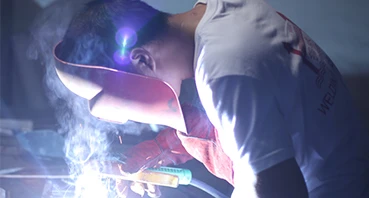
(welding electrode number chart)
FAQS on welding electrode number chart
Q: What is a welding electrode number chart?
A: A welding electrode number chart displays the classification codes for welding rods. It helps users understand each electrode’s composition, strength, and usability. These charts are essential for selecting the right electrode for different welding projects.Q: How do I choose a welding electrode using a chart?
A: Identify the base material and project requirements, then consult the welding electrode number chart. The chart will help match your needs to the correct electrode type and strength. Always consider factors like welding position and current compatibility.Q: What information does an electrode specification chart provide?
A: An electrode specification chart gives details like tensile strength, coating type, and recommended welding positions. This helps welders select the optimal electrode for their task. It ensures compatibility and desired weld quality.Q: Why is understanding the welding electrode number important?
A: Knowing the welding electrode number ensures you choose the right rod for strength, position, and base material. It prevents welding defects and enhances weld safety. The number acts as a quick reference to an electrode’s capabilities.Q: Can I use the same electrode for all types of welding jobs?
A: No, different welding projects require specific electrodes based on materials and joint types. Using a welding electrode number chart ensures you pick the proper rod. This improves weld strength and quality for each unique application.Related Products
Related Video
Related News


